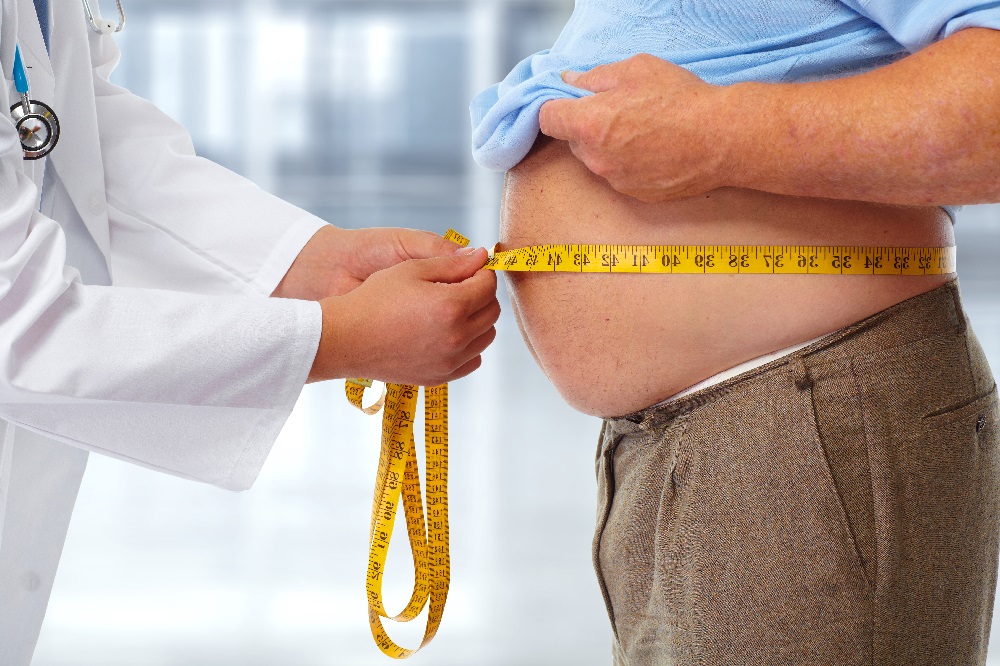The researchers from the University of California San Diego School of Medicine employed mice models to investigate how food and eating patterns impact these intestinal microorganisms and the hosts’ health, notably in the case of obesity and type 2 diabetes. obesity.
According to a new study, each person’s gut has 500 to 1,000 distinct bacterial species, potentially amounting to 100,000 trillion germs.
Also Read: ICMR has launched National Registry of Multiple Sclerosis and Related Demyelinating Disorders
The study’s findings were published in Cell Reports on July 5, 2022. The ileum is the terminal stretch of the small intestine in both mice and men, linking to the cecum, the first portion of the large intestine. The ileum extracts nutrients from liquid food; the cecum, which also marks the beginning of the colon, begins the process of extracting water.
Both processes are complex, dynamic, and profoundly influenced by factors ranging from the types of foods consumed and when they are consumed to the microbial residents of the gut, whose presence and behaviours help dictate digestion, nutrient absorption, vitamin synthesis, and immune system development.
“It’s critical to understand that the gut microbiome is constantly changing, not only as a result of what we eat, but also as a result of the time of day,” said senior study author Amir Zarrinpar, MD, PhD, assistant professor of medicine at UC San Diego School of Medicine and a gastroenterologist at UC San Diego Health.
Obesity, Gut and Environment
“Most researchers are just obtaining glimpses of this ever-changing environment, making it difficult to grasp what is going on in the gut. We are attempting to collect several pictures throughout the day, almost like a movie, in order to better understand how food and the microbiota interact to effect weight gain and diabetes.
“And we’ve discovered that cyclical changes in the gut microbiota are pretty significant for health because they aid with the circadian clock, and hence the management and control of glucose, cholesterol, and fatty acids – and overall metabolic health.”
Zarrinpar and colleagues’ most recent study expands on the influence and interplay of these elements, notably in terms of the ileum and its distinct activities relating to digestion and absorption. They investigated how diet-induced obesity (DIO) and time-restricted feeding (TRF) influence the ileal microbiome composition and transcriptome (the protein-coding portion of an organism’s DNA) in mice models.
The researchers discovered that DIO and the lack of TRF (mice could eat as much as they wanted whenever they wanted) disrupted gut microbiota rhythms and the signalling pathways that help govern intestinal clocks in mouse models. In other words, the mice gained weight and became ill.
“It’s fascinating that restricting food availability with TRF works not just through restoration of patterns disrupted by the unhealthy condition, but also through novel routes,” said first author Ana Carolina Dantas Machado, PhD, a postdoctoral fellow in Zarrinpar’s group.
Follow Medically Speaking on Twitter Instagram Facebook





